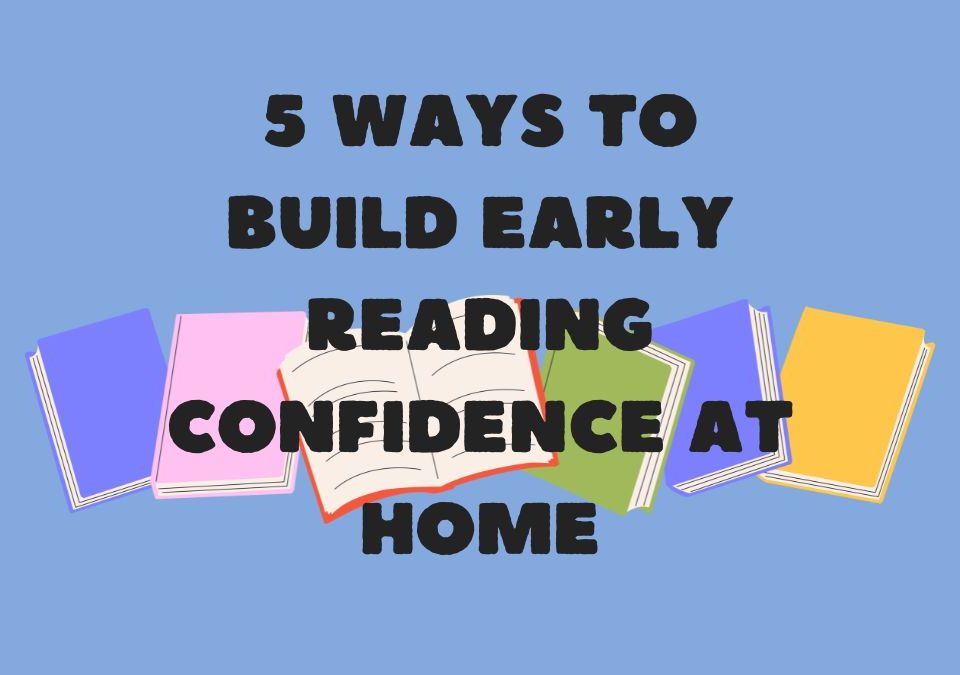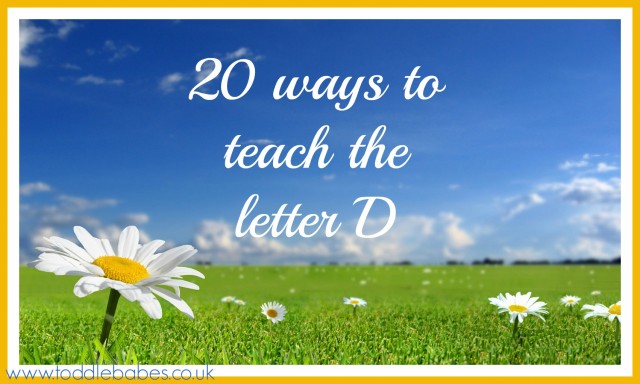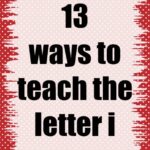
13 Ways to teach the Letter i
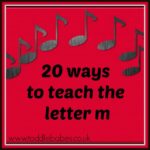
20 Easy Ways to Teach the Letter M
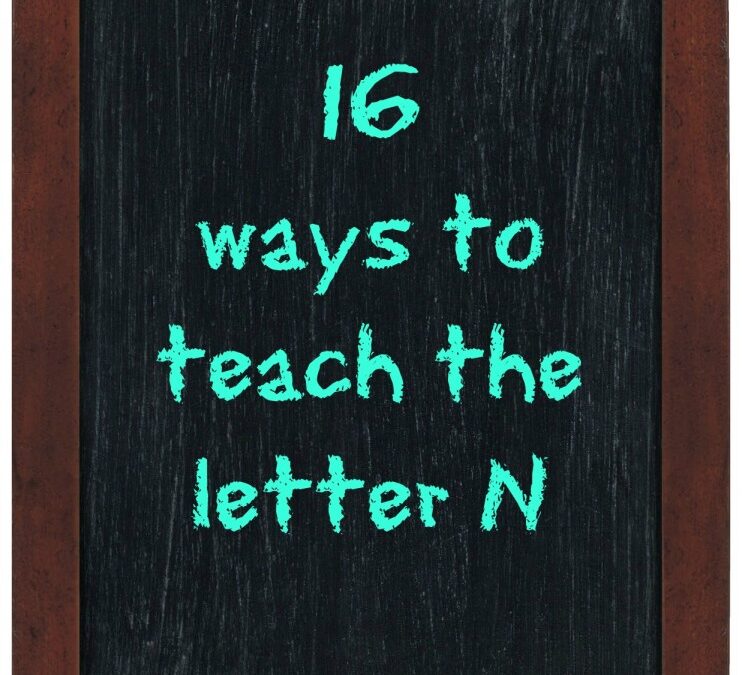
Learning letters can be a little boring for little people, so I have tried to put in as many fun ways to learn as possible. This week we are looking at how to teach the letter ‘n‘. I do hope you find something here that you can do with your child.
Strategies to Help you Teach the Letter N
Teaching the letter “n” to children can be an exciting and interactive process. Here are some strategies to help you teach the letter n effectively:
- Introduce the Letter: Begin by introducing the letter “n” to your child. Show them the uppercase and lowercase forms of the letter and explain its name, “en.” Encourage them to say the letter sound aloud, emphasizing the “n” sound.
- Visual Representation: Use visual aids to reinforce the letter “n.” Display posters or flashcards featuring the letter “n” and objects or images that start with the “n” sound, such as “nest,” “nose,” or “nut.” This visual representation helps children associate the letter with its sound and corresponding words.
- Letter Formation: Teach your child how to write the letter “n” using correct letter formation. Demonstrate the proper way to write it by tracing the letter on paper or using interactive writing tools. Encourage your child to practice writing the letter “n” on their own, providing guidance and support as needed.
- Sound Sorting: Engage your child in sound sorting activities to identify and distinguish the “n” sound from other sounds. Use a collection of objects or pictures representing various sounds, including the “n” sound. Guide your child to sort and group the objects or pictures based on their initial sound, emphasizing the objects that start with the “n” sound.
- Sensory Activities: Incorporate sensory activities to make learning the letter “n” more interactive. Use materials such as sand, playdough, or finger paint to shape and mould the letter “n.” Encourage your child to trace the letter using their finger and talk about the “n” sound as they play with the sensory materials.
- Word Association: Introduce simple words that start with the letter “n” and reinforce their connection to the letter sound. Use visual cues and repetition to help your child associate words like “night,” “nine,” “nail,” or “net” with the “n” sound. Encourage your child to say the words aloud, emphasizing the initial “n” sound.
- Letter Hunts: Engage your child in letter hunts or scavenger hunts to find objects or items that start with the letter “n.” Encourage them to search around the house or outdoors for things like toys, books, or items that have an “n” sound at the beginning. This activity helps reinforce the letter sound and its presence in the environment.
- Alphabet Games: Incorporate alphabet games or puzzles that focus on the letter “n.” Use magnetic letters, letter blocks, or letter puzzles to form words that start with “n.” Engage your child in activities like matching uppercase and lowercase letters, identifying the letter “n” among other letters, or arranging letters to spell “n” words.
- Storytime: Read books or stories that feature words with the letter “n” sound. Choose age-appropriate books that highlight the letter “n” and encourage your child to listen for words with the “n” sound as you read together. Discuss and reinforce these words throughout the story.
- Reinforcement and Practice: Provide regular opportunities for your child to practice recognizing and writing the letter “n.” Use worksheets, tracing activities or interactive online resources specifically designed for letter recognition and formation practice.
16 Activities to Teach the Letter N
- ‘n’ is for needle: Use a needle to sew around a cardboard letter ‘n’. The large plastic needles are good. Use a hole punch to make large holes for him to sew through.
- ‘n’ is for nails: Partially knock nails in the shape of a ‘n’ into a piece of wood. Have your child knock the nails in with a hammer. He can then weave colourful wool in and out around the nails.
- ‘n’ is for nails: Paint your child’s nails in a variety of fun colours- best to do this over a weekend when they are not in school! 😉
- ‘n’ is for number nine: Draw a large number nine and have him write 9’s all over the larger 9. This links number work with literacy.
- ‘n’ is or necklace: Make a pasta or bead necklace, use 9 bead/pasta pieces.
- ‘n’ is for nurse: Dress up as a nurse and play doctors and nurses.
- ‘n’ is for noise: Get noisy, make a noise using nine different instruments.
- ‘n’ is for names: can you find names that have ‘n’ in them? Make a list. Does your name have an ‘n’. Write the ‘n’s in a different colour.
- Collect pictures from magazines or on the internet and cut them out and paste them onto a page or onto a Letter N
- Glue pasta to a ‘n’ shape card
- ‘n’ is for the night: Paint paper black and stick stars and a moon onto it…
- ‘n’ is for nest: make bird’s nest snacks using all bran and chocolate with chocolate eggs in them. OR Make a nest out of half 2 halves of a paper plate to create an envelope and tuck some chicks into the nest. Decorate the nest with torn paper or straw/hay.
- Make a Noah’s Ark and choose 9 animals to put in it…Narwhal, Numbat, Nyala, Nene (Hawaiian Goose), Nightingale, Newt, Nighthawk, Nene frog (Rainforest frog)
- Laminate a sheet of paper with the letter ‘n’ printed on it. Have the child trace over them with whiteboard markers.
- Open a play restaurant. Have your child role-play as a chef and serve you up noodles, naan bread, nectarines, new potatoes, nougat, nuggets, nuts, Nutella etc. You could create a real meal together using some of these foods for your lunch or supper.
- ‘n’ is for nose: dampen a few cotton balls with smelly liquids: try lemon juice, coffee, bubble bath, vanilla essence, or tomato sauce. Blindfold your child and have them use their nose to tell them what they are smelling.
Thanks for stopping by to find out about supporting your child to learn to read. I had fun compiling this list of activities to teach the letter n and hope that you find them helpful. Please take a look at my other posts for more educational activities and ideas.
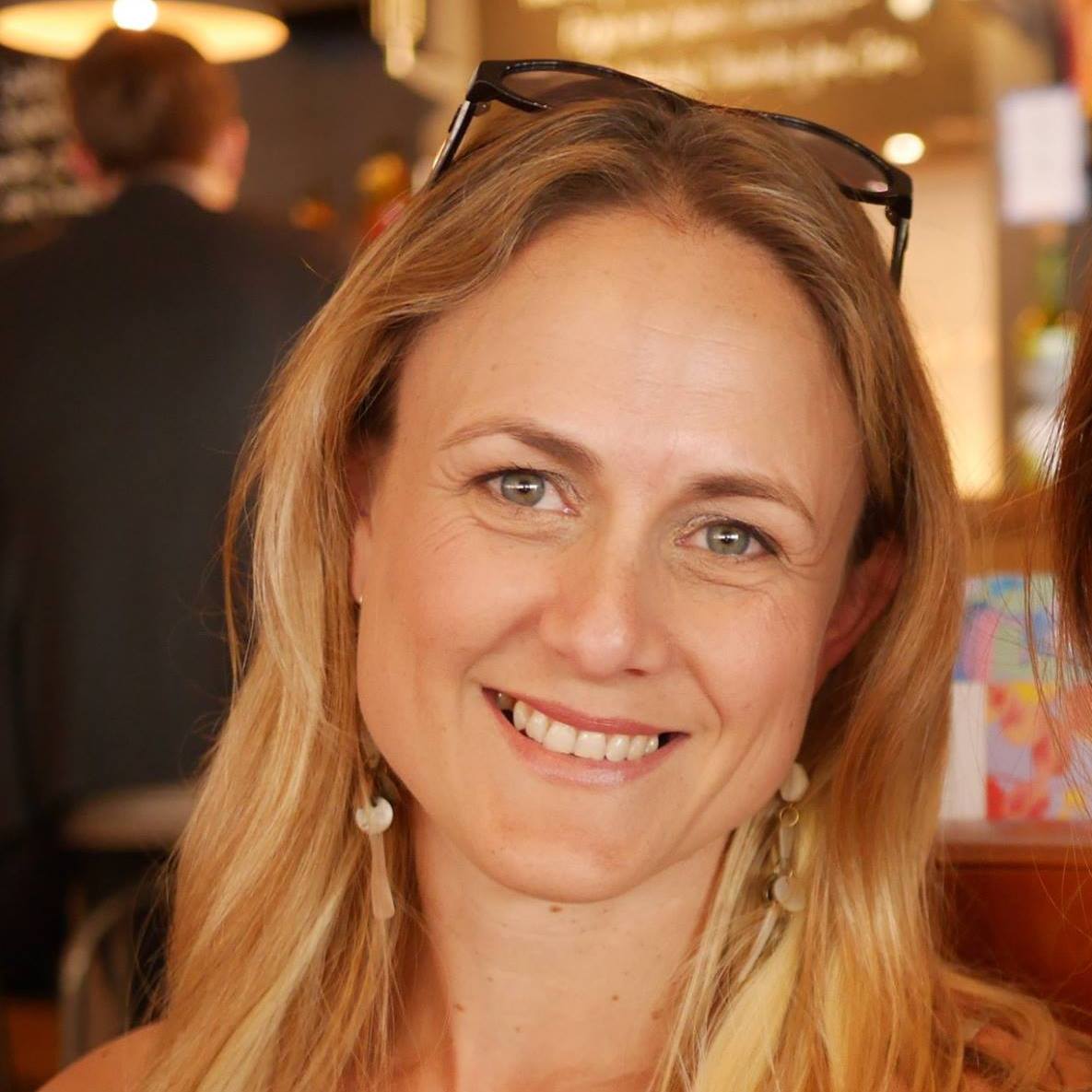
I am a preschool and primary school teacher and mum to 3 children. I have been involved in education since 1997 and have trained in a variety of educational specialist areas. It is with this expertise that I write articles to help parents and educators provide quality learning experiences for the children in their care.


